Pitcairn Island: The Complex History And Lives Of The World’s Most Remote Islanders
When a group of mutineers commandeered their vessel in the 1700s and stumbled across a remote island, they had no idea of what was to come. Situated 3,240 miles from the coast of New Zealand, the British territory has a rich and complicated past.
In recent years, the island became famous for a highly-publicized abuse scandal that saw a large portion of the tiny population placed behind bars. Let's take a look at the complex history of life on Pitcairn Island, a place that fewer than 50 people call home.
Pitcairn Island's Highest Population Was Still Incredibly Small
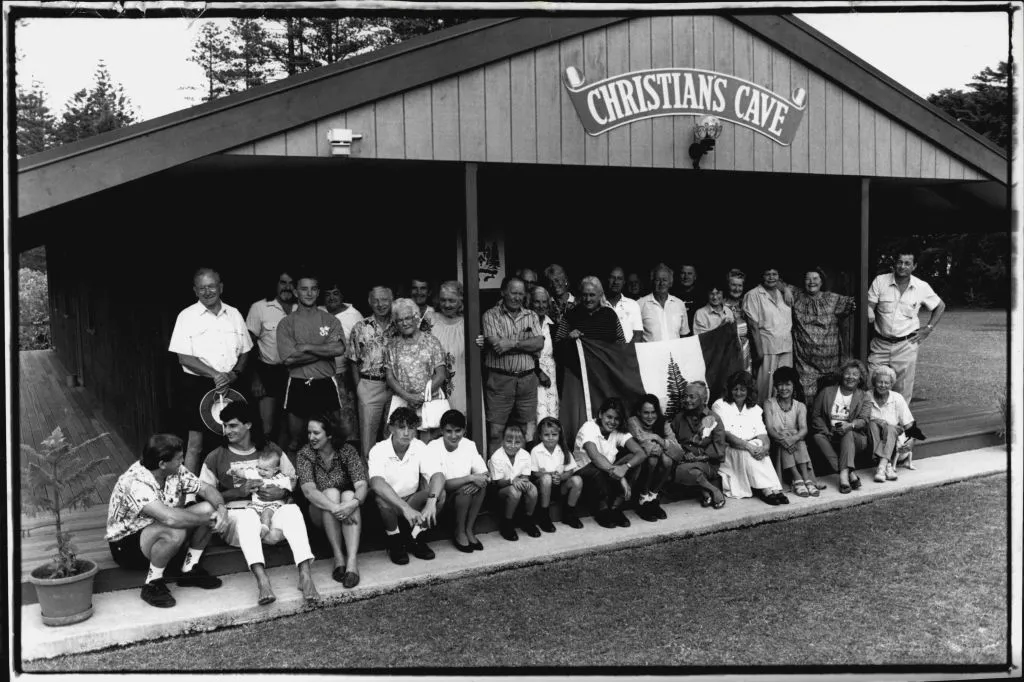
For an island that measures two miles long and one mile wide, it's probably not surprising that few people have ever lived on it. In the 1930s, the population hit its peak with around 200 inhabitants. As the years have gone by, the aging population has dwindled.
These days, fewer than 50 people called the island home. Even the island's administrative offices aren't actually situated on Pitcairn. They're based 3,300 miles away in Auckland, New Zealand. Despite an effort to repopulate the island, few are interested in uprooting their lives to join the society, which has faced its share of controversy.
The Mutiny On The Bounty
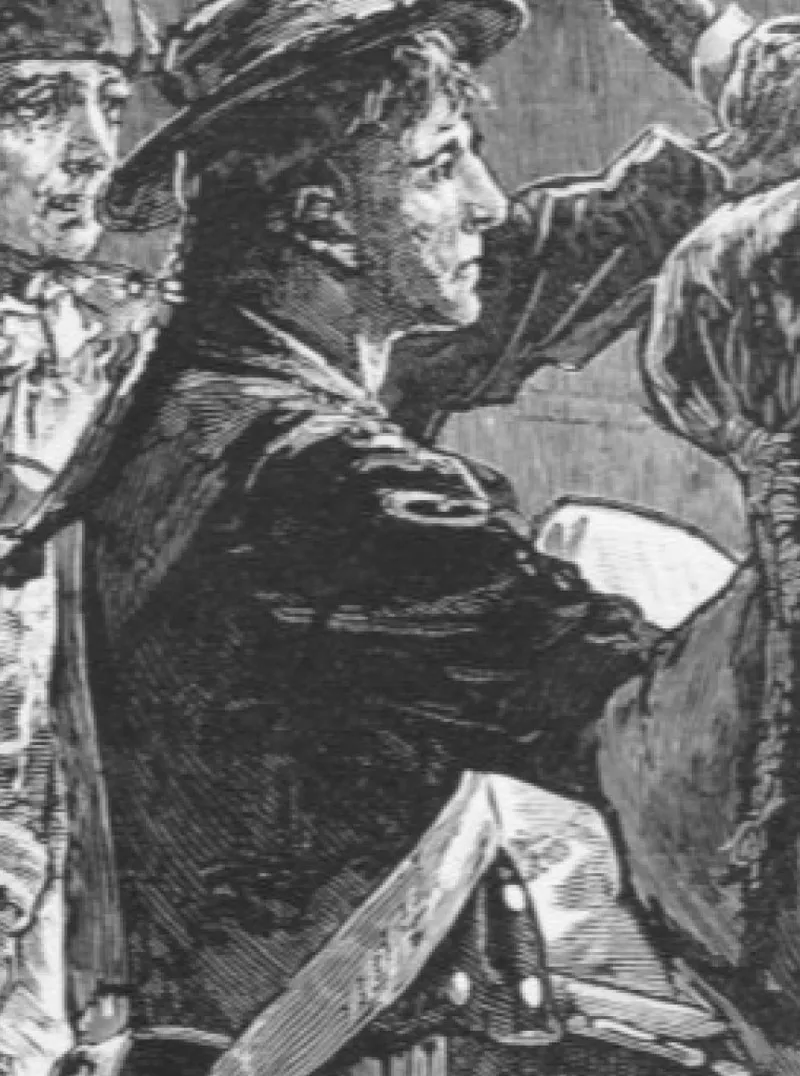
The tale of the mutiny is incredibly interesting. In 1787, Fletcher Christian was the first mate on-board HMS Bounty, when it headed to Tahiti on a breadfruit expedition. The story goes that Christian, along with some of the other crewmates, overthrew Captain Bligh as they were attracted to the "idyllic" lifestyle and sexual opportunities on Tahiti.
The band of mutineers got rid of their captain by putting him on a small boat with eighteen of his loyalists and sending him out to sea. Christian and his allies commandeered Bounty and along with six Tahitian men and eleven Tahitian women, they stumbled across Pitcairn, making their home.
Fletcher Christian's Death And His Descendants
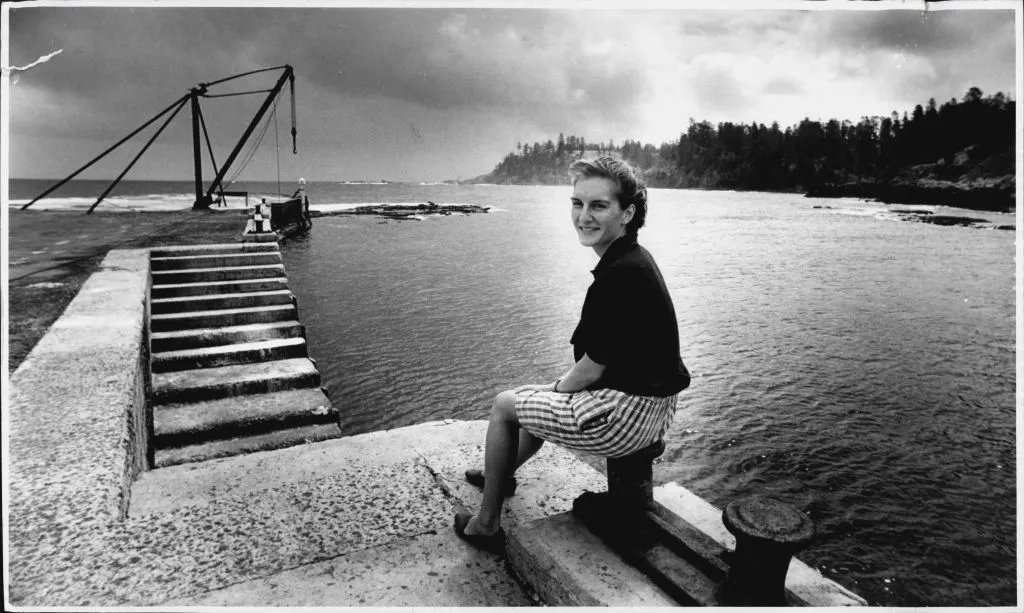
Life wasn't as idyllic as Christian and his friends had hoped. With so many men and few women, things soon became unsettled. Accounts of what happened over the next few years are varied. In 1808, a seal-hunting ship called Topaz visited Pitcairn, only to find one lone man, John Adams, on the island with nine women.
One woman claimed Christian was shot when tensions rose between the Tahitian men (who were treated like slaves) and the mutineers. Christian's son Charles, daughter Thursday, and his wife, Maimiti survived him. Everyone named Christian on Pitcairn and the Norfolk islands are direct descendants of Fletcher. Pictured is eight-gen descendant Samantha Christian in 1994, aged 20.
They Traveled Via Wheelbarrow
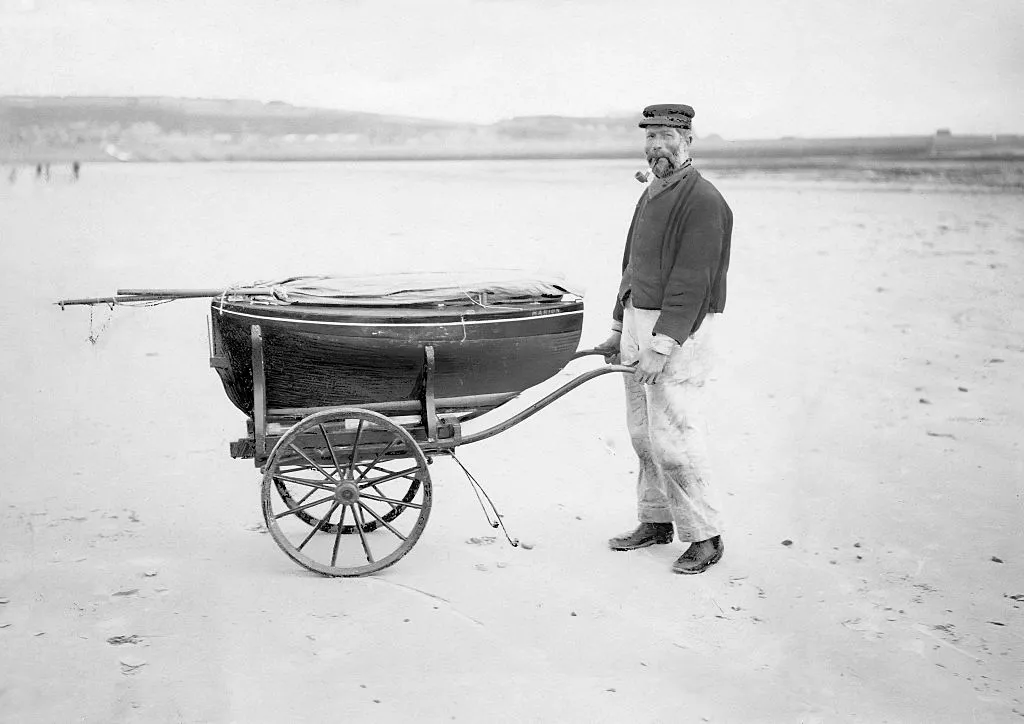
While being an island so remote has its advantages, like unmarred scenery and an endless expanse of horizon, it has some obvious drawbacks. Reaching another country isn't easy, and is seldom done now in the modern age. With that being said, the island was always terribly out of touch with advancements.
It's said that their most advanced form of transportation was a wheelbarrow up until the 1960s. This is just one example of how painfully out of touch the inhabitants of Pitcairn were. Now, motorbikes are used to get from A to B, although given its size, it's not difficult to just walk.
The Internet Is Incredibly Expensive

In towns and cities, we're used to having access to the internet at the drop of a hat. We carry it around in our pockets, on our watches or even in our ears. For Pitcairn's islanders, the internet was slow to appear. Even now, the access they have to it is incredibly limited, and incredibly expensive.
The connection comes from the United States Geological Survey, who have a seismic station on the island. The satellite internet connection can be used by islanders, who pay $100 for just 2GB of data. The connection is very slow, with emails often taking too long. Islanders favor Facebook instead.
The Women Of Pitcairn Were Angry About The Charges
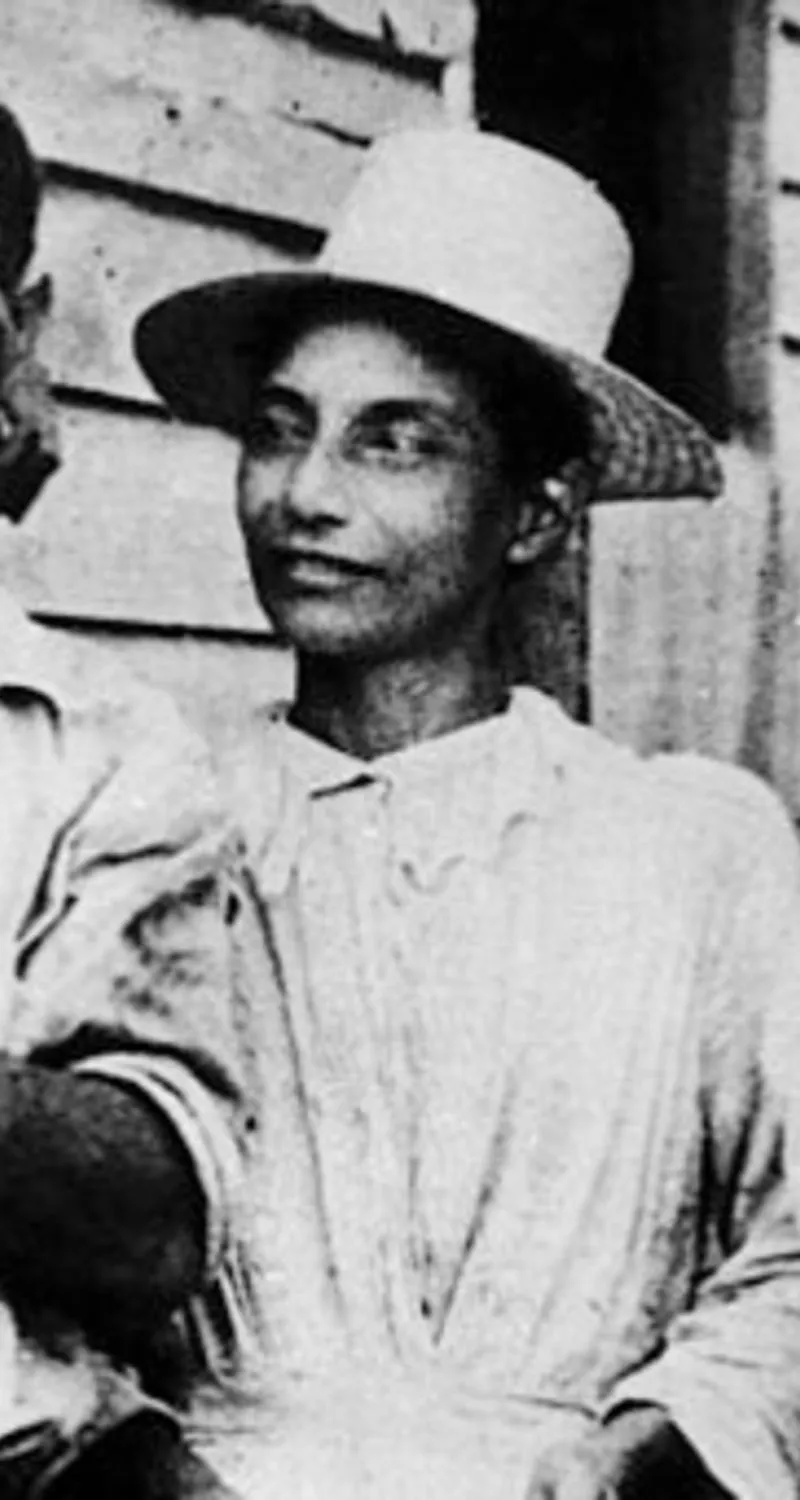
Despite the charges filed against the men in question, the women of Pitcairn were furious. According to them, sleeping with people was a part of their culture. Olive Christian, the wife of Steve, said, "We all thought [...] was like food on the table." Others echoed her sentiments, with many of the women saying their own intimate lives began at 12 or 13, quite voluntarily.
On the flip side, those who initially testified withdrew their statements. Sources said that although some victims wanted to tell their stories, they were put under intense pressure from their families, who threatened them with homelessness and in some cases, suicide.
Most Pitcairners Live In And Around Adamstown
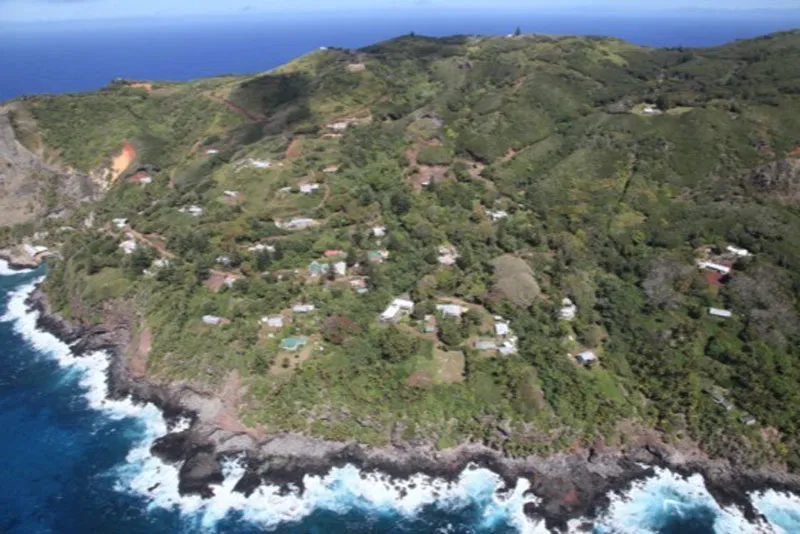
The majority of islanders live in and around Adamstown, the place where the original mutineers settled and named. Situated on a northerly slope around 120 meters above sea level, the town covers 20 hectares. The main road is called the Edge, running parallel with the coastline.
In order to get to Adamstown, visitors have to navigate a steep road called the "Hill of Difficulty". The mutineers made their way up this road, carrying their loads with them as they went. Thanks to the incorporation of quad bikes and tractors, loading up with supplies is easier these days - although not by much.
The Houses Are Simple
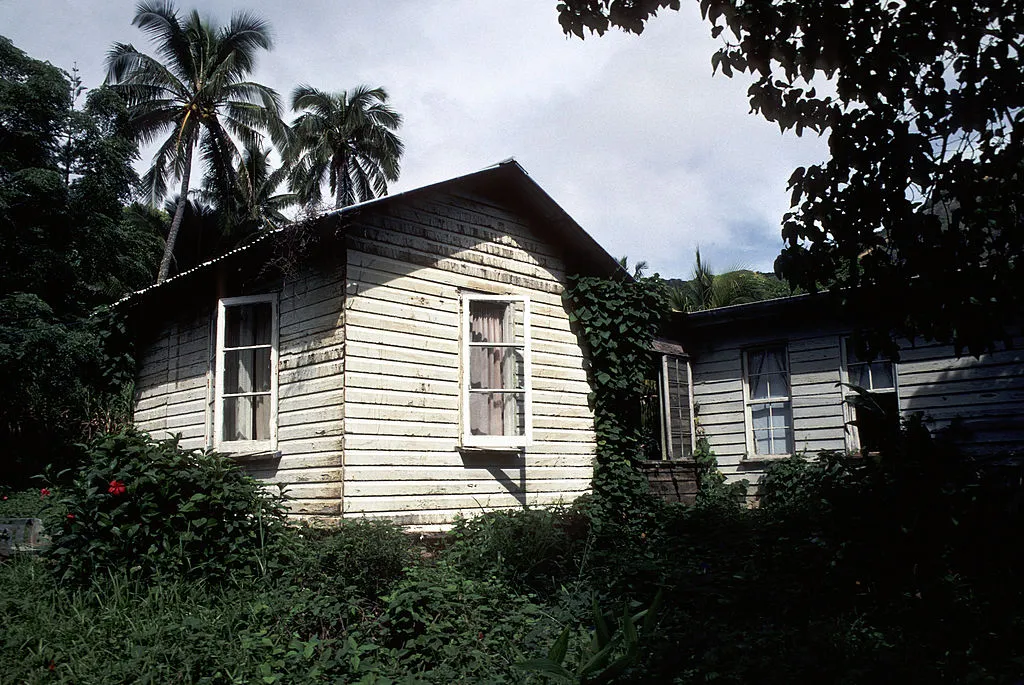
The houses on the island are simple, with corrugated iron roofs. They're designed to collect rainwater, which trickles through guttering and pipes into private tanks and wells for islanders to drink. For a long time, inside kitchens were unheard of, with many using outdoor set-ups.
Hot water is heated by burning the copper, although a lot of houses now have gas water heating, too. Some homes still have old-fashioned outhouses, but a large majority now have flushing indoor toilets. Houses now have modern appliances like fridges, but Pitcairn was late to the game. Even now, electricity is powered by a generator that switches off at 10 pm sharp.
There Isn't A Hospital On The Island

Wherever there are people, there's going to be the need for some sort of health care. Although Pitcairn has a small clinic that can tend to basic ailments, there isn't a hospital. That can make it incredibly difficult if someone falls gravely ill.
In general, islanders travel to New Zealand to give birth or to receive treatment for serious medical conditions. If someone requires long-term care, this can be hard for families who either have to say farewell to the island for good or travel back and forth. The latter is difficult, as it requires a 32-hour boat trip to Tahiti, a flight to Mangareva, then a flight to NZ.
Supplies Come In Every Three Months
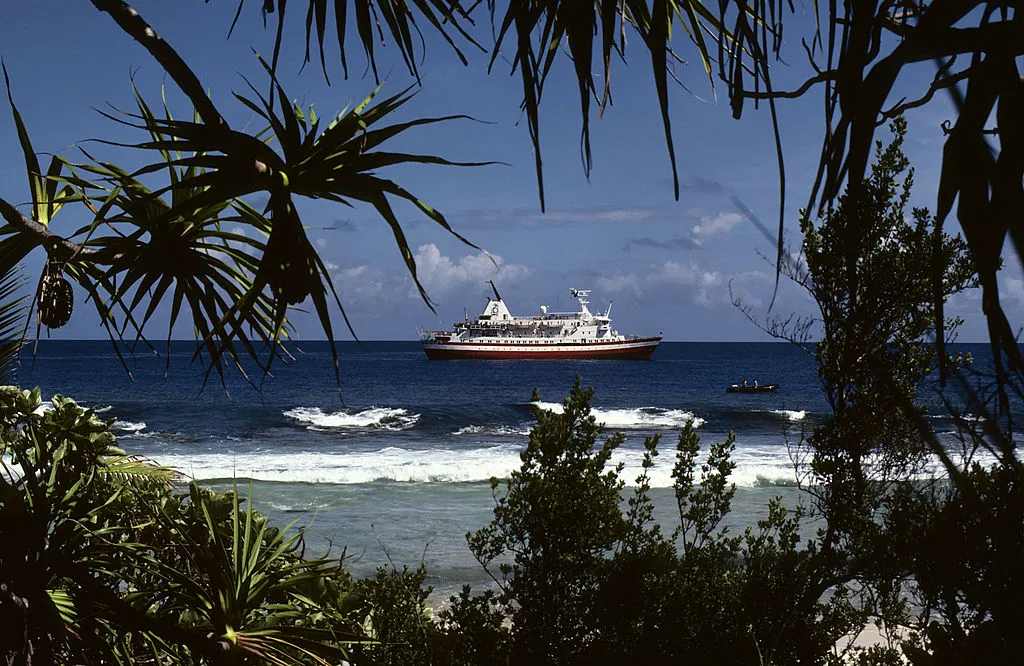
Being so far away from any major city - or country for that matter - means that Pitcairn is heavily reliant on supply ships. While there is a General Store situated in Adamstown, the island only receives supplies every three months or so. These can be delayed if bad weather disrupts it.
Some fruits and vegetables are grown by islanders, but other items from supermarkets, etc are brought in on the boats. For many people this would pose a problem, but for Pitcairners it's just the way of life. Decades ago, supply boats were far less regular. For the first settlers, they were non-existent.
Pitcairn Is The Subject Of Multiple Movies
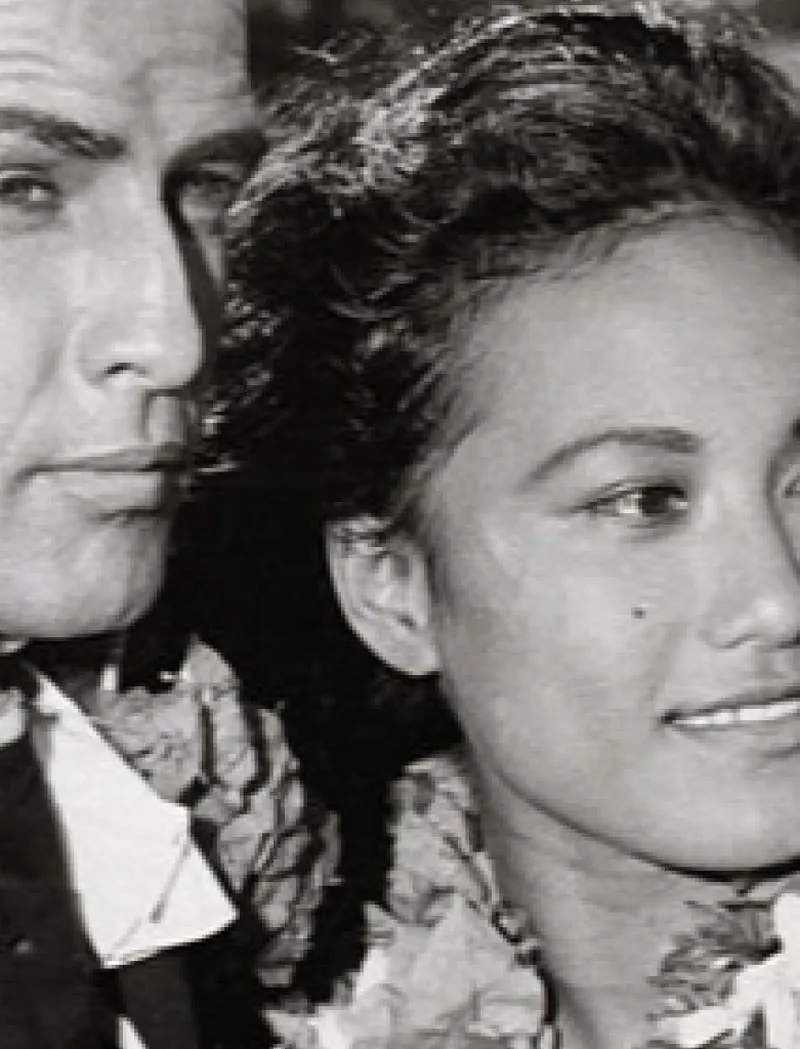
Pitcairn has an interesting history, so it didn't take Hollywood long to try and make money off it. The 1962 movie is based on the novel, Mutiny on the Bounty, which follows the story of the mutineers. Although this was the third movie to be made on the subject, it's the most well-known. Marlon Brando starred as Fletcher Christian.
Prior to this, the lesser-known movie The Women of Pitcairn Island was released. This fictional account focuses on the females of the island, who are left widowed after the male settlers all pass away. New stranded sailors arrive, creating tension and upset throughout Pitcairn.
"Bullies And Squabbles Govern Daily Life."
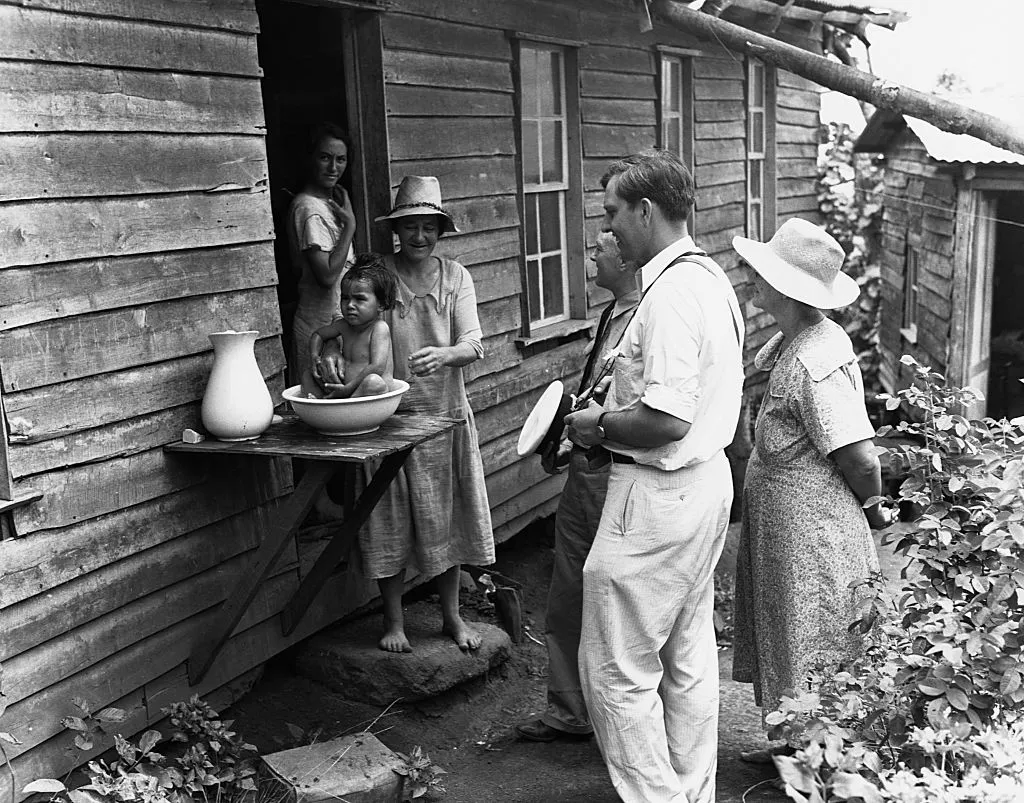
For some, the island is the only place they've ever known. For others venturing to try out the island life, it falls short of expectations. Dea Birkett spent several months on Pitcairn, but according to her it was anything but idyllic.
"Adamstown, the capital and only settlement, is a tortured sea-surrounded village, thwart with divisions, where bullies and petty squabbles govern daily life," wrote Birkett in an article for The Spectator. "Far from feeling free, conformity on Pitcairn is so strong that even holding hands in public is forbidden by law. The 38 islanders may be the descendants of mutinous rebels, but they're too terrified to object even to the very worst of treatment among themselves."
Land Is Free
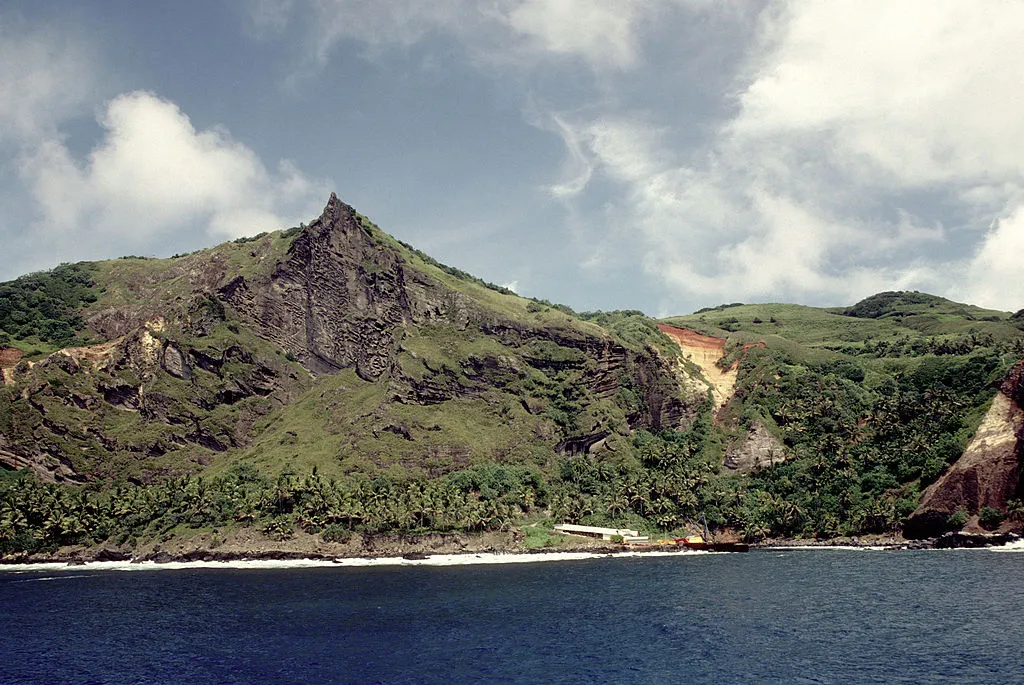
As part of a program to encourage people to move to Pitcairn, there are currently no charges for the land. As we've previously mentioned, the number of islanders is dwindling at a rapid rate. There are no charges for settlement, so those wishing to move there could easily do so.
However, people looking to set up home on Pitcairn must be able to prove that they can financially support themselves. That includes building a house or somewhere suitable to live, and enough money to comfortably sustain their lifestyle. As jobs on the island are virtually non-existent and the cost of living is high, it's essential.
There's A Prison - And The Convicts Helped Build It
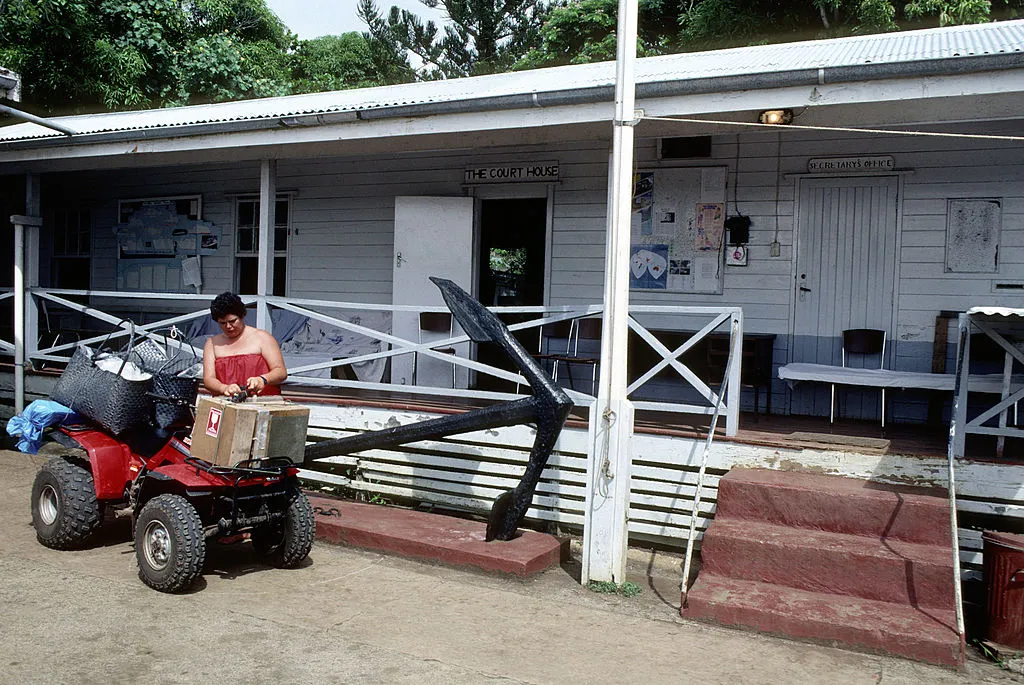
When Mayor Steve Christian and the other defendants were found guilty of the sexual abuse charges in 2004, they were sent to prison. Only, Pitcairn didn't have one at the time. One was purposely built for the men to serve their time in. Christian and his future cellmates helped to build it, but it's not like other prisons you see around. It's quite cozy.
The British government also sent four policemen to the island, making Pitcairn the most policed place per capita in the whole world. The conviction of the men and their subsequent jail time caused a lot of upset in the community, dividing families. Pictured is the courthouse.
There's A School, But It Rarely Has Students
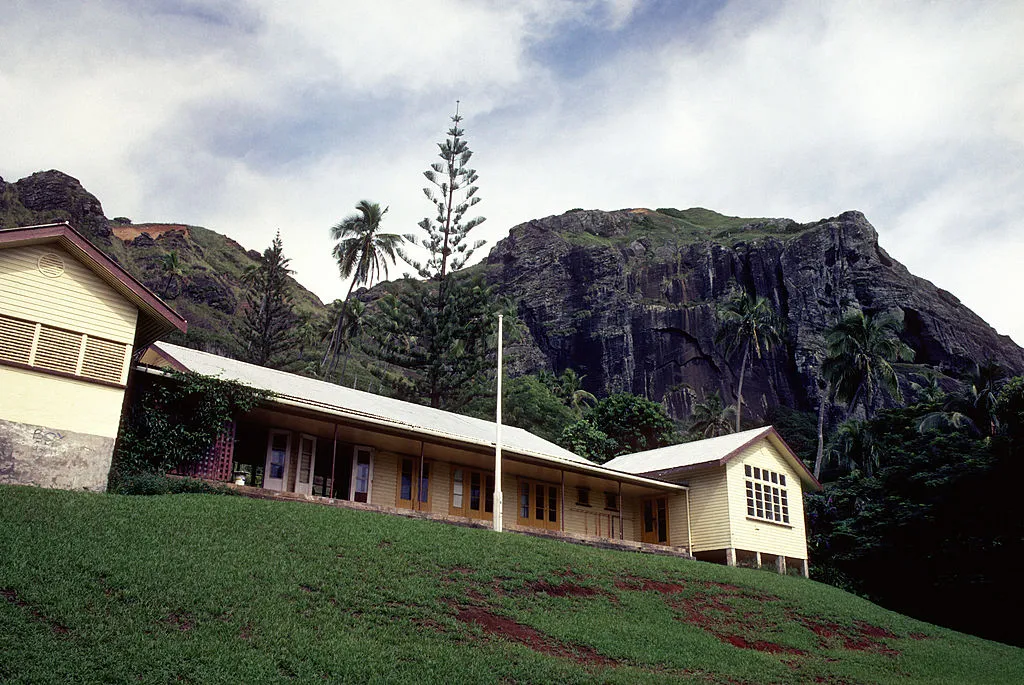
Children are few and far between on the island, but there's still a school. In 2018, there were just three students enrolled. As you might expect from a small community, children often grow up to leave the island, wanting to see more of the world.
Many teenagers travel to New Zealand to further their education, either to attend high school or college. It's this that's having an effect on the island's population. Decades ago this was seldom heard of, as islanders were born and lived out their lives on the island. The majority of them never left at all.
The Islanders Only Keep Goats For Religious Reasons
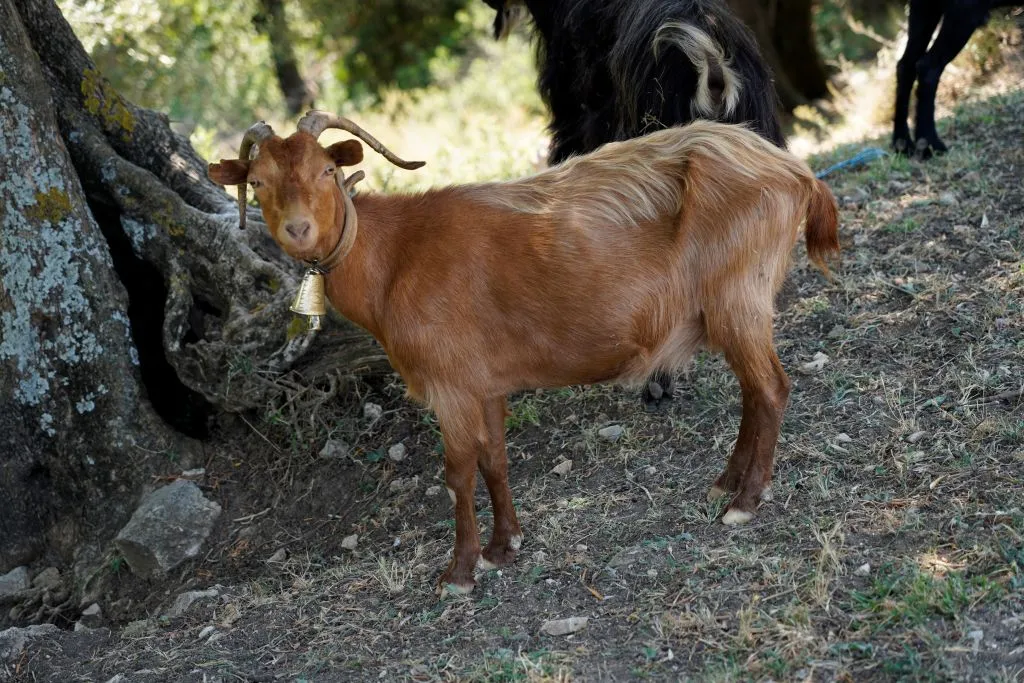
Sometime in the 19th century, a group of Seventh-Day Adventists journeyed to the island and converted the population. To this day, the majority of Pitcairners follow the strict religion. Rules, such as no hand-holding in public, no dancing, and no alcohol were strictly adhered to.
However, in the 2000s the attitude toward alcohol loosened and booze became readily available. Goats are kept, but no cows and pigs. This is due to the strict diet followed by Seventh-Day Adventists. Despite these laws and rules, few Pitcairners go to church these days. One visitor reported just three people attending church a week.
Visitors Can Stay With Residents
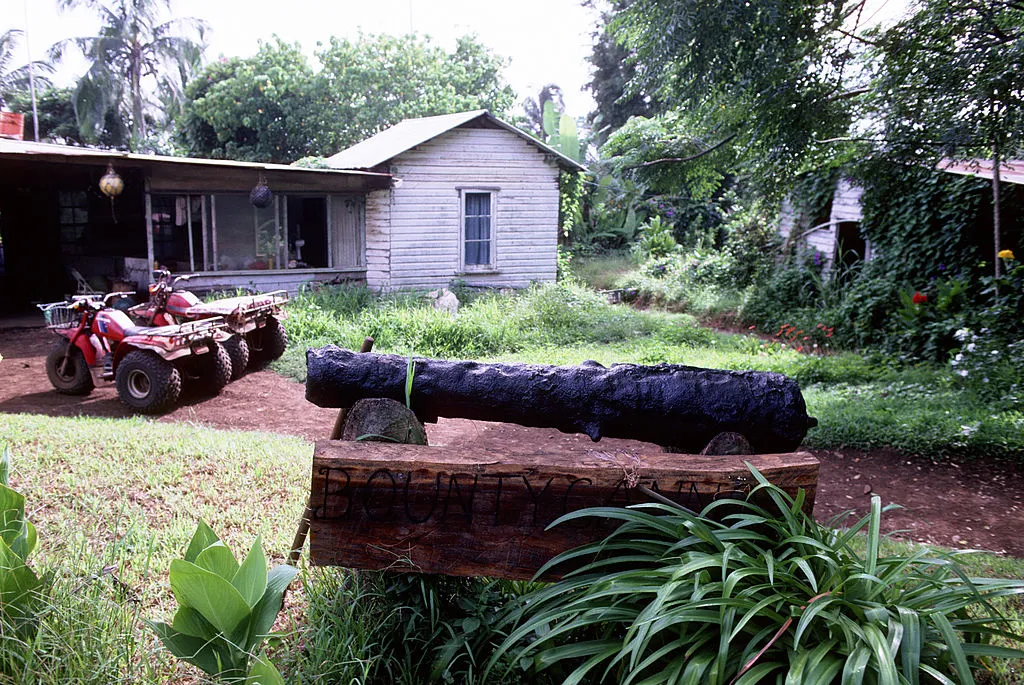
Most big cities and islands have a hotel or two, but Pitcairn doesn't. As the island is notoriously difficult to get to, there's simply no need for it. Instead, visitors are encouraged to reach out to the residents and ask if they can accommodate. In most cases, they can.
One traveler spent his time with Steve Christian and his wife, Olive. According to him, the couple is friendly, like a good drink, and aren't huge fans of the British Empire. Christian himself wants independence for the island after the scandal that shook Pitcairn. He feels they should be governed by their own laws. It costs around $200 per person, per night to stay with the Christians.
Trade With Tourists Is Lucrative
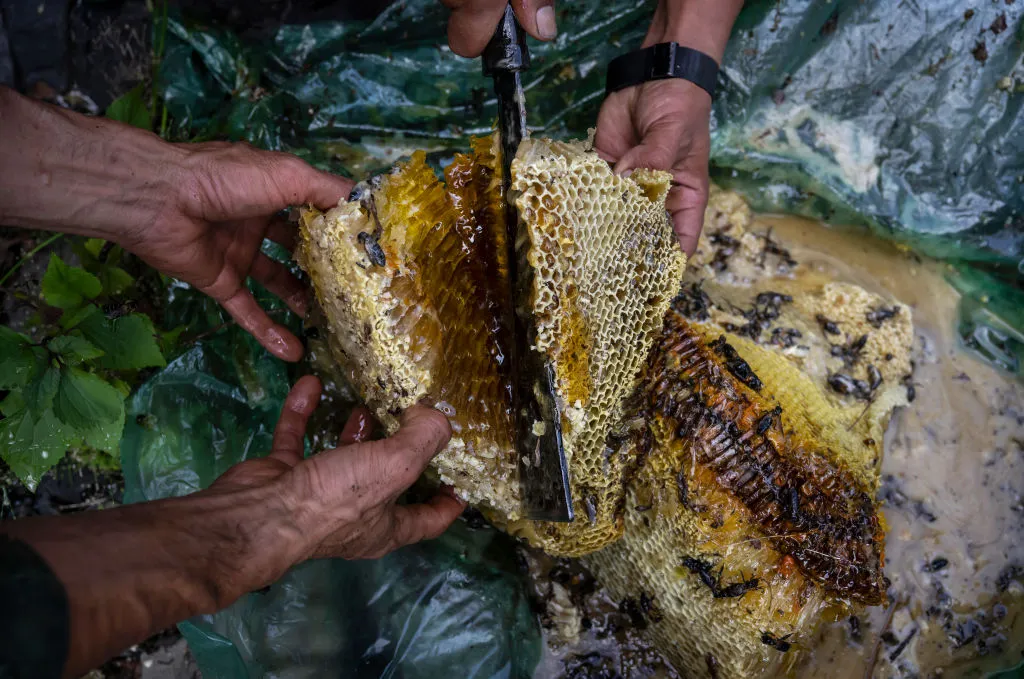
Given its history, tourists are keen to visit Pitcairn if they get the opportunity. Because of its remote location, this can be difficult. Fewer tourists visit the island than Pitcairners would like, but when they do, they really push the boat out.
One photographer found herself bombarded with stands of curio stalls selling wood carvings of fish, HMS Bounty t-shirts, and stamps. The latter was a successful part of the island's economy until the rise of the internet. Even still, families can make up to $10,000 a year from trading with visitors. Other local wares like honey are also lucrative.
It's Full Of Beautiful Wildlife
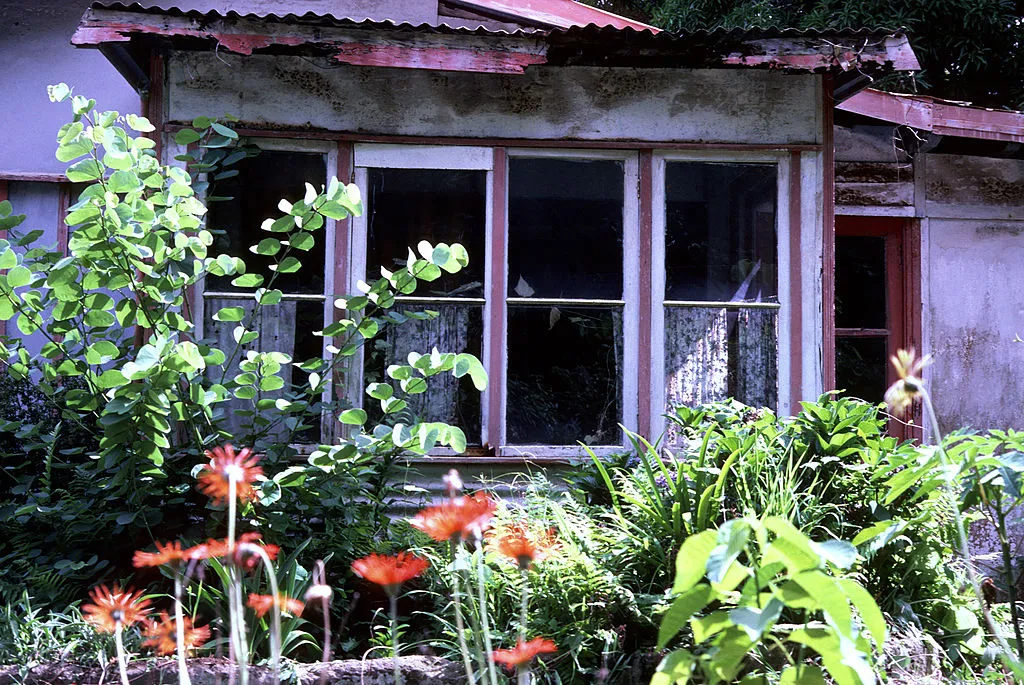
Despite its dark underbelly, there's no denying that Pitcairn is a strikingly beautiful island. Rare breeds of poppy and other dense vegetation surround the scattered houses. Exotic birds abound, and the weather is just as you would expect. Hot summers reach from December to March, while winters are mild, from June to September.
There's an awful lot of rainfall, totaling 63 inches per year. Its location lends itself to weather fronts brought by westerly winds as they pass through, so the island is no stranger to bad weather. While it may not be the place to put down roots, it's on the bucket list of many seasoned travelers.
Ni'ihau Is An Island Stuck In Time
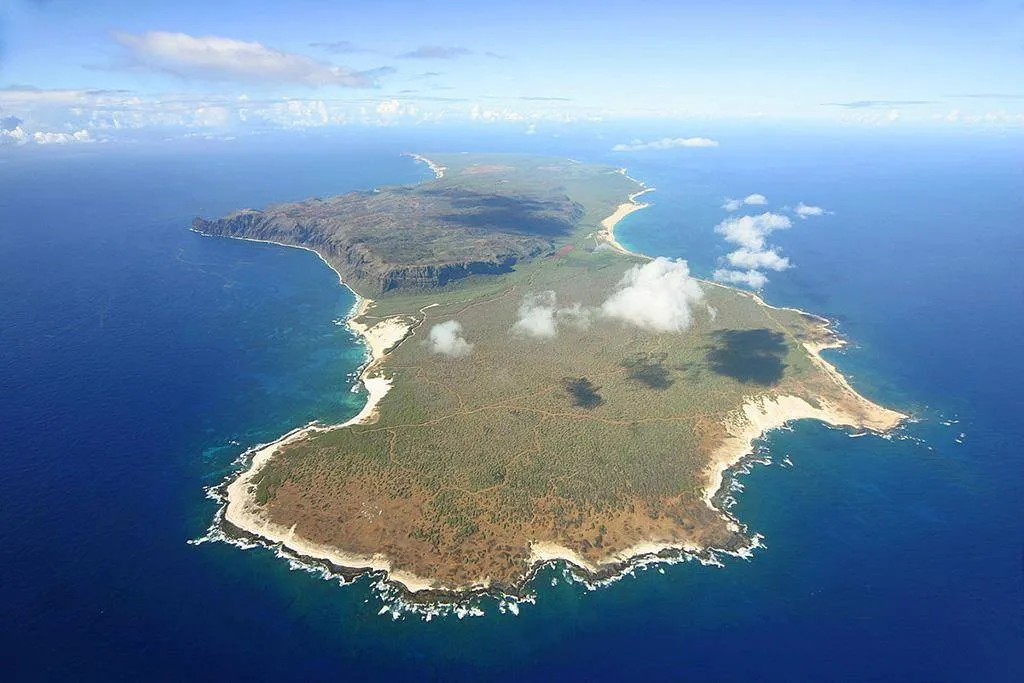
Located 17 miles off the west coast of Kauai lies the island of Ni'ihau, better known as The Forbidden Isle. The island has mysteriously been "protected" from outsiders since the 1800s. The island of Ni'ihau might have the same beautiful, sandy shores as Hawaii but you will never get to touch them.
The island has had little to no contact with the outside world and today, it looks as though it is stuck in time. The islanders there live the same as their ancestors did hundreds of years ago, hunting and fishing to survive.
It All Started With Elizabeth McHutchenson
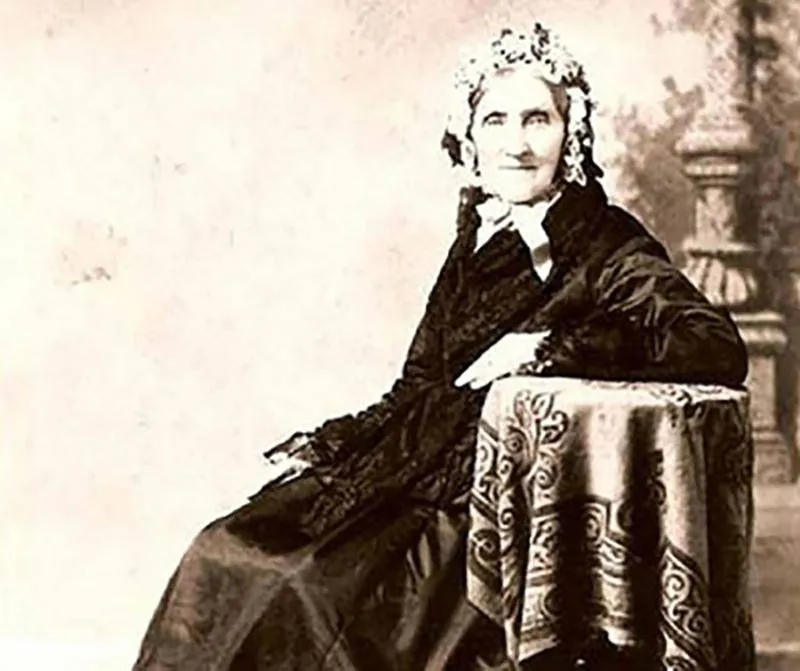
Elizabeth McHutchenson, better known as Eliza, was born in Scotland in 1800. She grew up and married a ship's captain, Francis Sinclair, in 1824, and the two shared six children. After the birth of their sixth child, the Sinclair family decided to set sail and begin a new life in New Zealand.
Little did the family know that this decision would change the course of the future of the family forever.
Everything Seemed To Be Working Out

The family arrived in New Zealand in 1841 and settled in Pigeon Bay where they set up a rather successful farming operation. Although the family was now involved in the farming business, Francis was a sea captain and used his skills to sail the family's farming supplies to trade.
Five years after arriving on the island, Francis and his eldest son set out to sea, where they were met with a great tragedy. Their ship sank, taking the lives of everyone on board and resulting in the loss of all of their cargo.
Eliza Wouldn't Give Up That Easily

After losing both her husband and eldest son, Eliza now had nothing to show for the years of work she had put into their farm in Pigeon Bay. With five children to look after, Eliza knew she couldn't give up.
She turned Pigeon Bay into a thriving farm once again, married off all of her children, and decided the family would move to Canada. In 1863, the family set out once again, this time for Canada in hopes of starting a new farm.
It Wasn't What They Were Expecting

Upon arriving in Canada later that year, the family was disappointed when they reached Vancouver Island. The land was still mostly wild and underdeveloped — not the ideal conditions for establishing a successful farm.
While Eliza was debating on moving to California, she heard about a promising place — the Hawaiian Islands, then known as the Sandwich Islands. It was then that she decided to relocate the family to Hawaii and meet with King Kamehameha V in hopes of purchasing Ni'ihau Island.
There Was One Condition
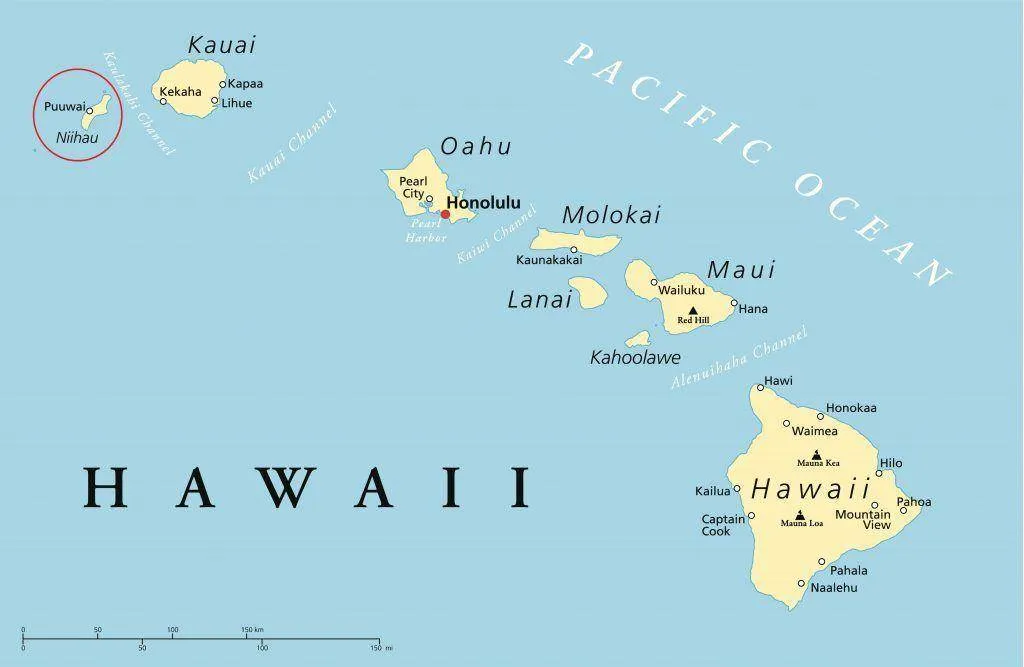
King Kamehameha V agreed to sell the island to the Sinclairs for $10,000 in gold in 1864. However, before he gave them full control of the island, he requested that the family protect the island and its residents from outside influences.
The Sinclairs agreed to the terms and began their new life on the island. Eliza was considered a chieftess by the island natives and the family did all they could to help those on the island.
They Cracked Down In The 1930s

The Sinclairs now owned Ni'ihau Island as private property and were able to separate themselves as much as possible form the ever-encroaching United States. They took King Kamehameha V's request seriously and in the 1930s, announced that Ni'ihau would be closed to all visitors entirely.
This was to keep the island safe from the spread of diseases like polio and measles, as well as to maintain the Native Hawaiian culture of the island which is known as "kahiki."
The Island Today

Today, the island is still privately owned by the Robinson family, descendants of Eliza Sinclair and her family. They have managed to uphold their ancestor's pledge to King Kamehameha V and have kept the island private and unaffected by outside influences of the modern world. They still live off of the land and using old skills like hunting and fishing in order to survive. The island is also one of the only places in the world where Hawaiian is the dominant language.
Bruce and Keith Robinson told ABC News, "We've tried to maintain the request of the King when it was turned over [...] We maintain the island for the people and continue to work it as he had."
Life On The Island Is Relaxed
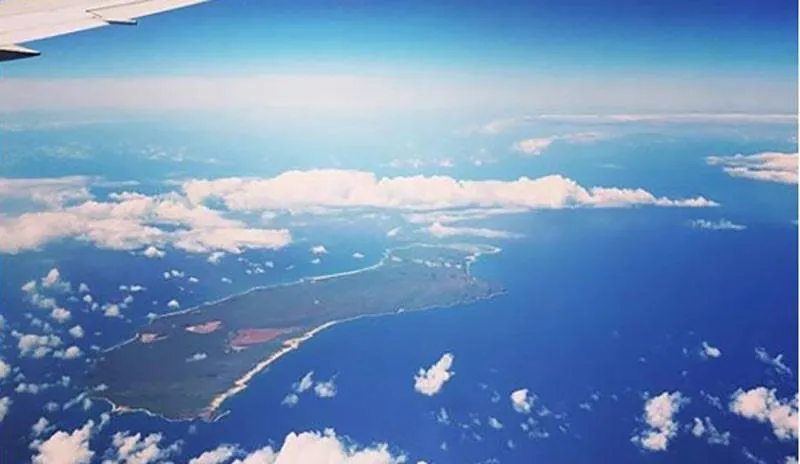
Being separated from the world has its perks. For the most part, life on the island has been described as being incredibly relaxed and harmonious. While the island still doesn't have running water or electricity, the inhabitants sustain themselves by collecting rainwater and using solar panels.
Almost every house on the island has a solar panel of its own. Being away from the hustle and bustle of a big city and technology, life is slow-paced.
The Island's Inhabitants Can Come And Go

Not everyone can come and go as they please on the island, but the island's inhabitants can. TheNi'ihauans aren't ignorant as to what life is like on the mainland, and many split their time between Kauai and the 'forbidden island' because there is more work on Kauai.
This makes determining how many people live on the island difficult. In a 2010 census, it was estimated that 170 people live on the island, yet that number is believed to be closer to 70.
The Island Has Numerous Rules
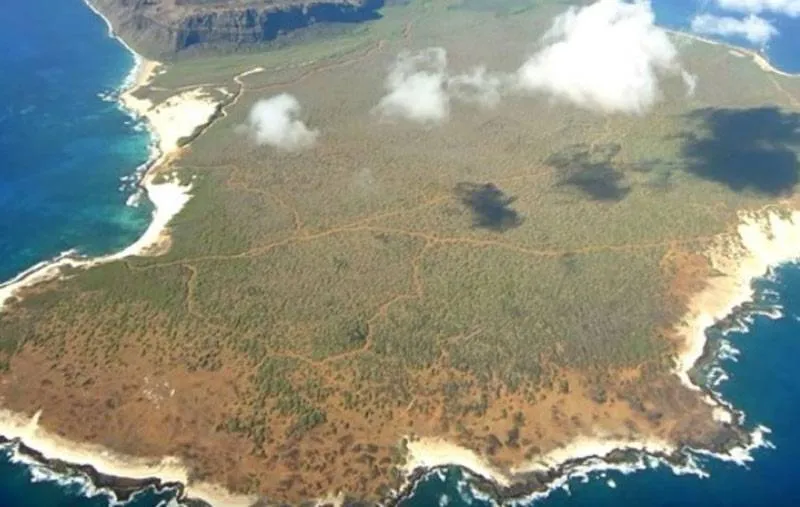
Although living on the island might sound like heaven-on-earth for some people, the inhabitants are still controlled by a series of laws created by the Sinclair and now Robinson family. Supposedly, those who call Ni'ihau home aren't allowed to have guns or alcohol in their possession and are required to go to church every Sunday.
Furthermore, one former resident claims that men are not allowed to have long hair or earrings and that breaking any of the rules can result in eviction from the island.
Many Provisions Are Delivered Straight To The Island

Considering how isolated the island is to the other parts of Hawaii, it's necessary that some provisions such as food and supplies are brought over. Weekly deliveries come by barge and contain goods — except for items that are banned such as alcohol, tobacco, and guns.
Interestingly enough, while the Islanders may not be allowed guns, due to the island's position, the US Military has set up a defensive operations base. There, they employ several of its inhabitants.
What It's Like To Actually Live There

There are mixed claims about what it's like to actually live on Ni'ihau. Some sources compare it to a utopian society where everyone follows strict laws and cultural beliefs, while others say otherwise. Peter T. Young, the former Department of Land and Natural Resources director of Hawaii, explained it best.
He claims that "[Ni'ihau] is isolated for the rest of us, but it's not an isolated island for them. They don't look any different, they don’t act any different [...] They live in a place that the rest of us have a very limited opportunity to see."
The Island Is Guarded Against Outsiders
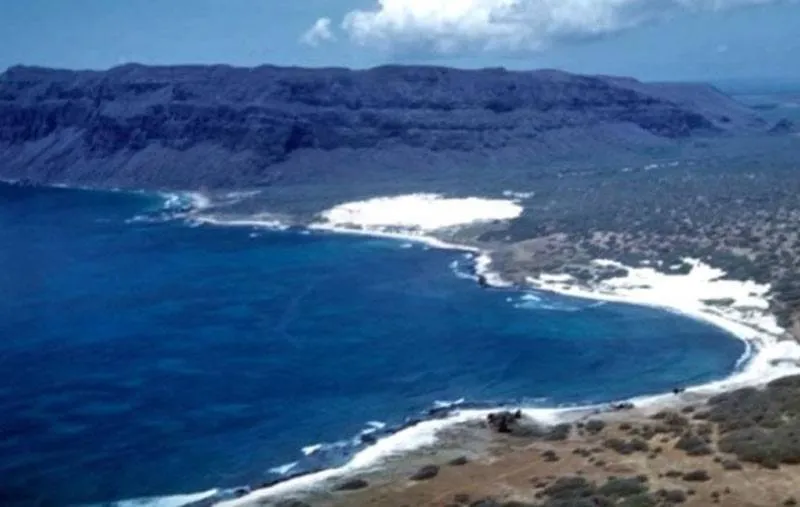
Both the Robinson family and those living on the island agree that they want to keep their close-knit community far away from the eyes of tourists and other Hawaiians. Unauthorized entrance by people who don't live on the island is strictly prohibited and there are consequences for anyone that tries to make their way onto the island illegally.
However, getting to the island is difficult enough, so people intruding on the island isn't a major concern.
There Are Limited Tours Available

Amazingly, despite being so closed-off to non-residents and even media, the island does offer very exclusive tours and limited guided tours. While you may not be able to go deep into the island, some tours will at least get you to its shores.
For a pretty penny, some tours take you on a privately chartered helicopter for a half-day tour around the island. However, an all-day guided hunting safari costs around $1,700 per person which offers more access to the island.
Tours Will Never Get You Close To The Residential Areas
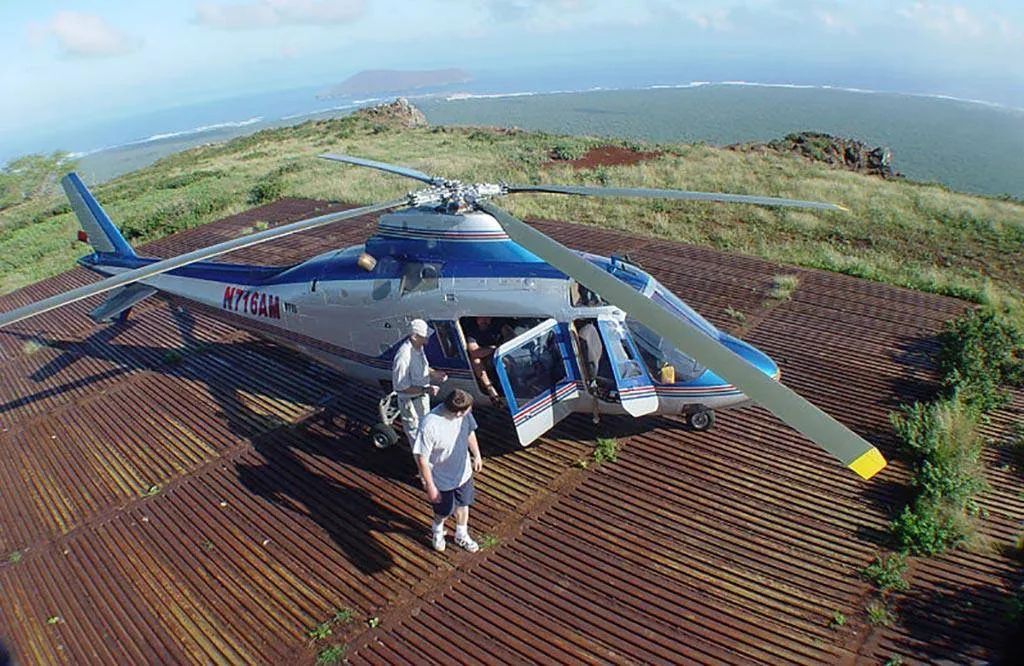
According to island owner Bruce Robinson, "The tours are solely for people to come to see an unspoiled Hawaiian Island [...] We will not take [tourists] to the village or put the residents into a fishbowl-type of situation. We don't even fly over the village. That is not what we're about."
He continued saying, "We respect their privacy, we respect their desire to live untouched by the outside world and we intend to preserve that." So, if you sign up for a tour, don't get your hopes up to see what living on the island is really like.
The Island Is Booming With Wildlife

Because the human population on the island is so small, it allows for all of the island's plants and animals to thrive, including some endangered species. One of these endangered species is the monk seal, whose population in Hawaii has grown every year after the species began to successfully breed on Ni'ihau.
At the moment, there are around 35 seals with 10 to 12 pups being born on the island each year. This is yet another reason why the island is so well protected.
The Inhabitants Are Known For Their Shell Leis
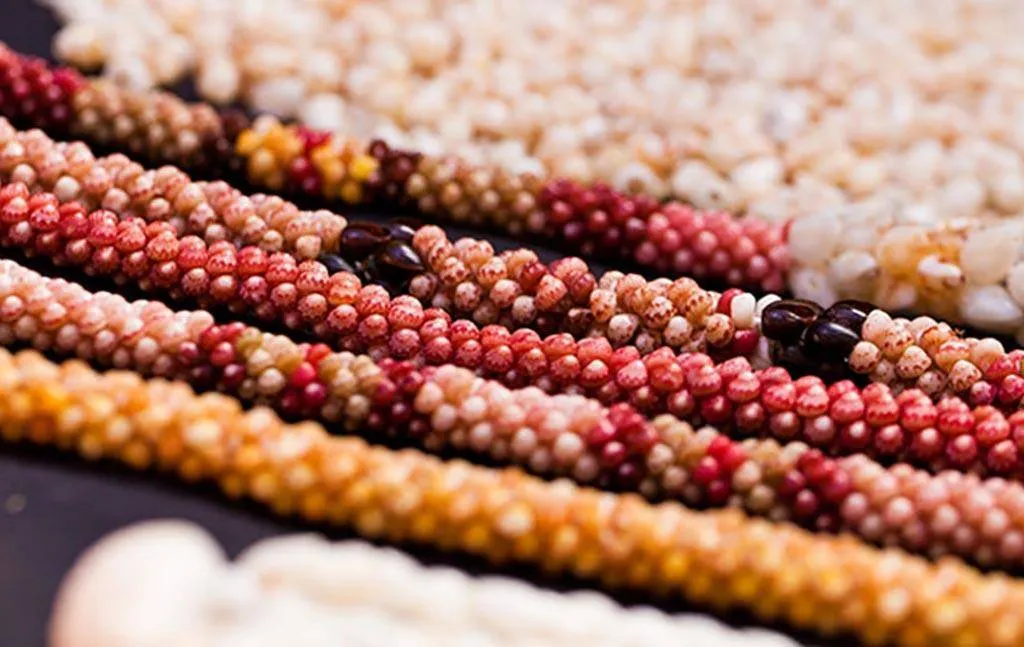
Ni'ihau shells are typically referred to shells that are specifically found on the 'forbidden island' which are then used to make shell leis. There are typically three different kinds of shells used although they vary in color and texture.
The majority of the inhabitants of the island are avid artists and craft makers, with many of them focusing on creating these specialized leis. These can be found in stores throughout the Hawaiian Islands, with their prices varying depending on the availability of certain shells.
Entertainment On The Island
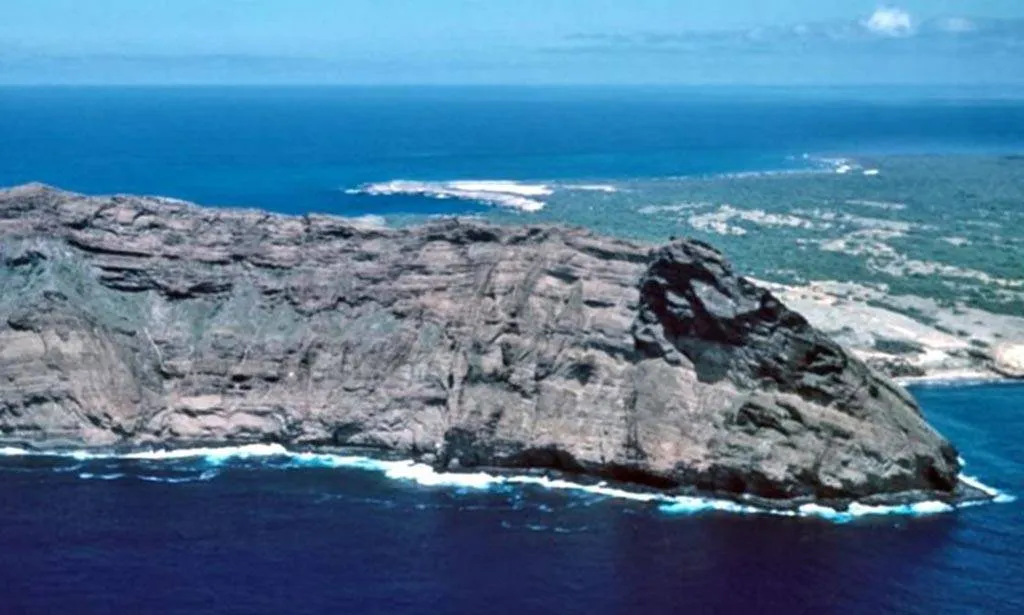
Because there's such little technological advancement on the island, when they're not working, for entertainment, most inhabitants rely on spending time at the beach, watching DVDs or VHS videos, or whatever else to preoccupy themselves. However, like any other person, a lot of the islanders get bored and some opt to leave the island at some point in their life.
With the option to come and go as they please, many people upon reaching their 20s leave to experience the outside world although they're welcomed back upon their return.
There's Just One Town, Pu'uwai
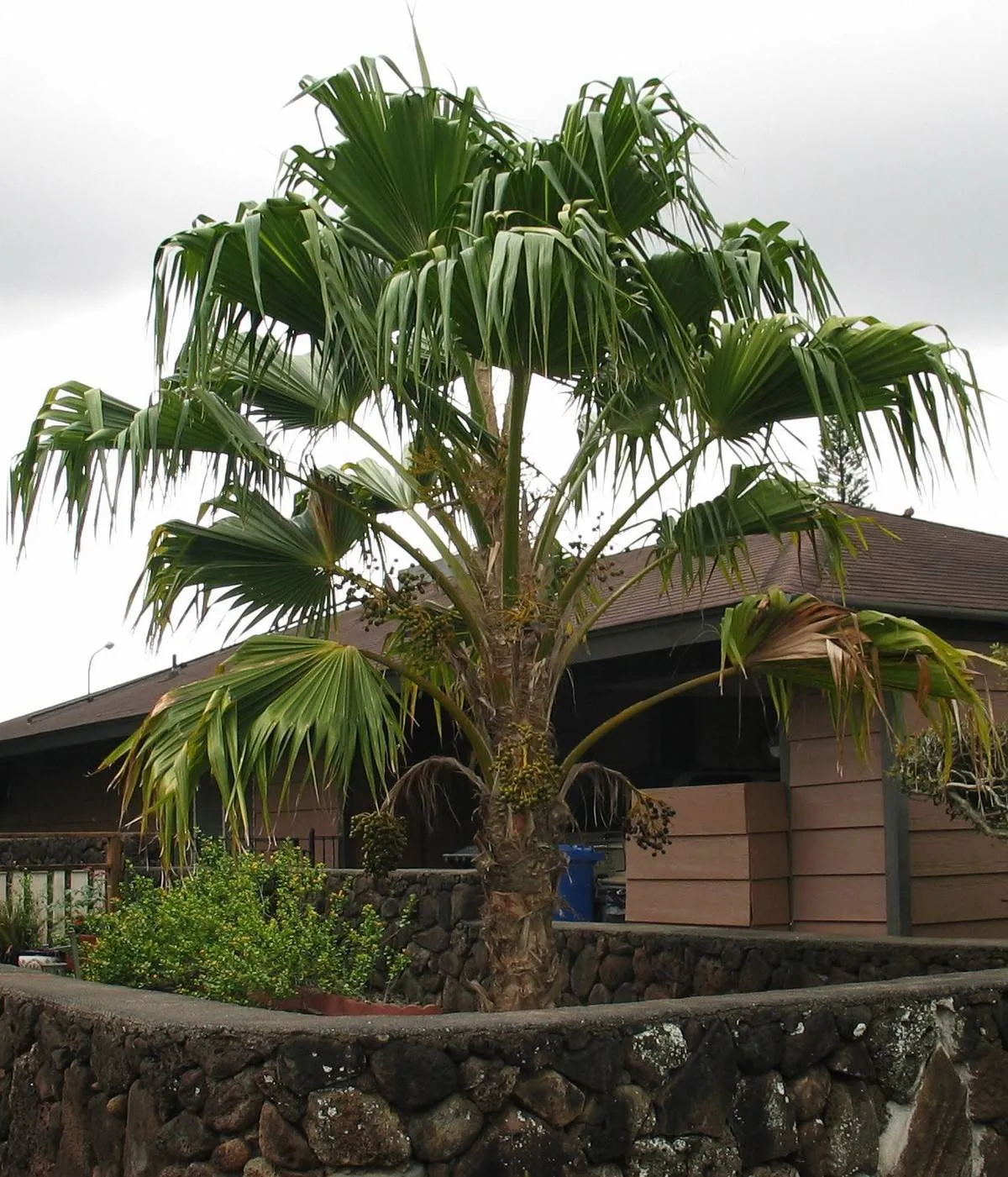
The unincorporated community Puʻuwai, located on the island's western coast, is Niʻihau's only settlement. Modern amenities are extremely limited, and there is just a one-room schoolhouse for children who live there.
Puʻuwai is home to between 130-250 permanent residents. Nearly all of the people who live here are Native Hawaiians who exclusively speak the Niihau dialect of the Hawaiian language. Groceries and other necessities are brought by barge.









